Android 16 is Google getting serious about foldables
Android & Chill
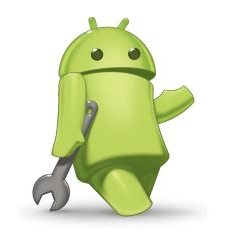
One of the web’s longest-running tech columns, Android & Chill is your Saturday discussion of Android, Google, and all things tech.
Google finally showed off Android 16 for the people who aren’t trying a beta version of the upcoming OS, filled with UI changes and new animations.
There are reasons why this is smart and reasons why it might not be: it’s polarizing, with many people already commenting about how they hate the changes. But it’s also visual. You can’t see the underlying change that allows for better network connections or safeguards against bad apps. You can see new colors, UI elements, and animations. Besides, a lot of people love them, too.
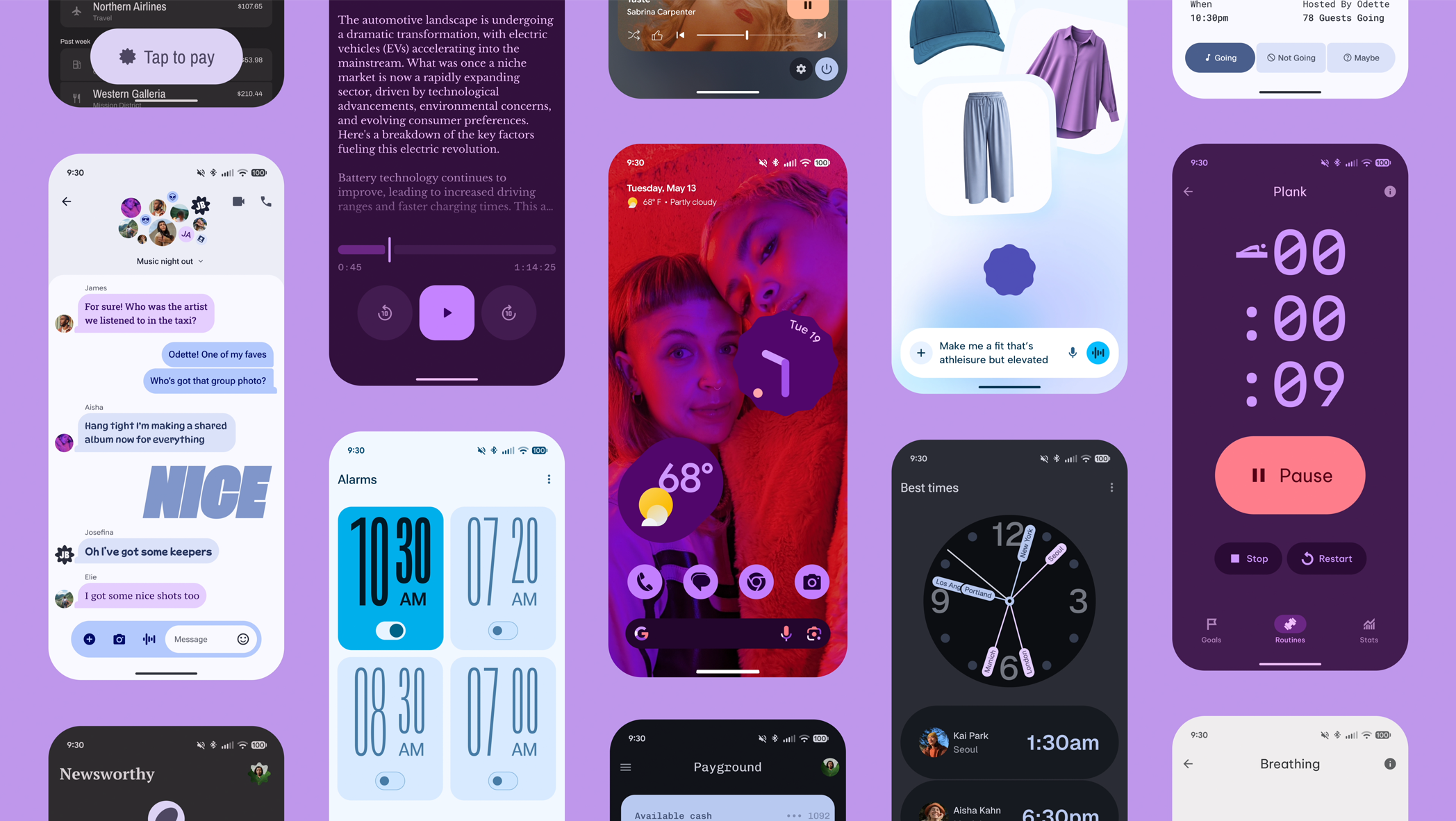
This year hits differently. There has been a lot of work on “morphing” the UI in a dynamic way; moving things around, rotating your phone, or opening more than one app on the screen all have a bit of special flair. You might love it or you might hate it, but it’s there for everyone to see.
One thing that wasn’t talked about a lot (yet) was a tablet. After the Android Show, Google’s Dieter Bohn took a few minutes to show off some cool Android phones, but no tablets. Maybe Google has a lot more to say about them, but nothing worth putting front and center before the big developer conference kicks off.
I do think we’ll hear more about tablets during I/O, but I’m almost positive we’re going to hear a lot more about foldables. Something tells me that Google thinks foldables have a real shot at (finally) being the mainstream device that will change the mobile tech landscape. And let’s be honest — hearing anything that’s not all about AI would be nice.
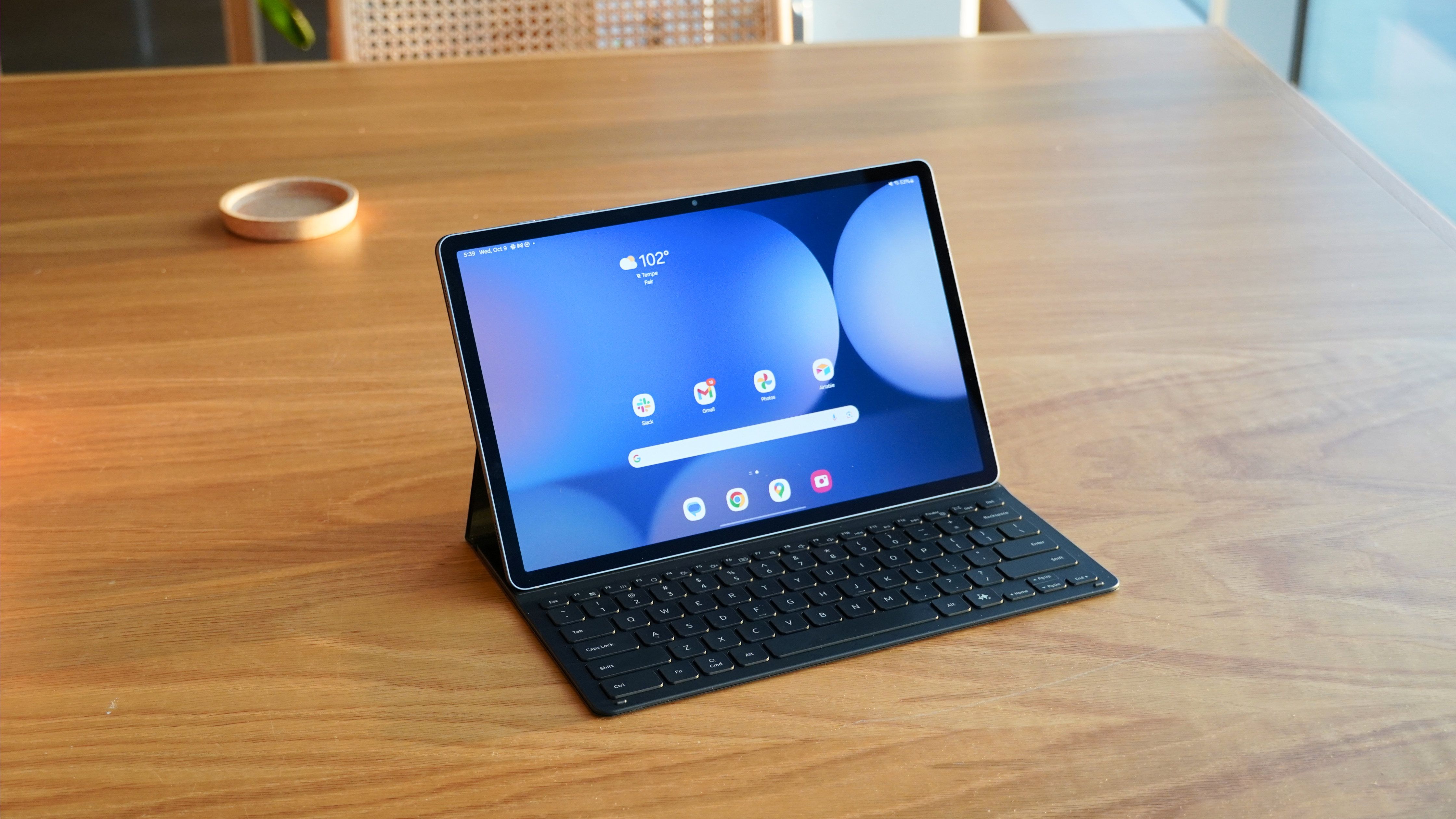
It’s hard for any company that makes Android devices to compete with Apple’s iPad. That’s by design; Apple made sure there was a device to hit every price point, and they come in sizes to suit everyone. If you’ve ever used one, you know the iPad is a solid device.
Something like the Galaxy Tab S is also a solid device, but it lacks the traction of the iPad. No flagship Android tablet goes head-to-head with an iPad. I dunno why, but it is what it is. People buy Android tablets because they either need something cheap for the kids or because they’re entrenched in Samsung’s ecosystem of products.
You can not buy a foldable phone that doesn’t run Android. Dead stop. Some models from companies like Huawei aren’t “official” but even if the name says something else it’s based on Android. That’s because anyone can download the code and do whatever they want with it. Apple will get on board soonish and make a foldable, but for now, anyone interested in a phone that flips or folds open only sees Android.
Google has to take advantage of this. I know we see and hear things every year about “large-form-factor” or multi-screen devices, but I think Android 16 is going to be different, and more than just talk.
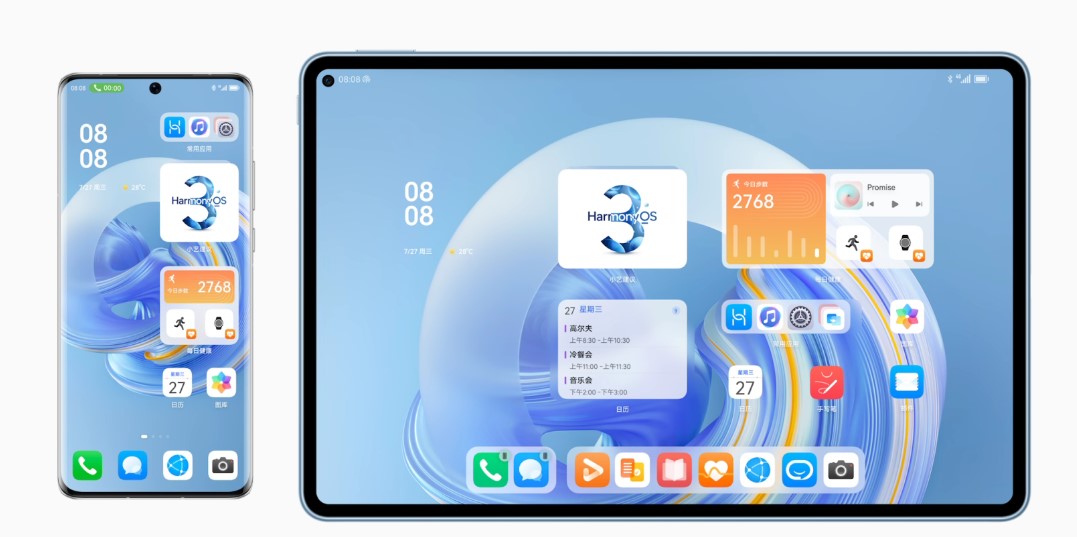
Foldables do stand a chance to change everything, too. Right now, there are two issues with the category: price and durability. You may love them (I think the Moto Razr is one of the best phones I’ve ever had), but you can’t deny they cost more and they’re more fragile.
What I like to call the fragility factor gets better every year. You still have to have a plastic coating protecting an astonishingly thin layer of glass, and any deep scratch is going to bust everything to hell, but that’s the nature of the beast. Designs now incorporate protections for the display surfaces, hinges are stronger and have less wiggle, and even the ugly crease is getting less prominent with every new release. A foldable will never be a tough phone you can use on a construction site, but they’ll stand up to normal abuse a lot better than they used to.
Cost is also becoming less of a factor, albeit not as quickly as durability. Foldables, especially book-style devices like the Galaxy Z Fold or Pixel Fold, are expensive to design, full of expensive parts, and flat-out cost more. That’s not going to change.
But consider this: you can buy a Galaxy S25 Ultra, a Galaxy Tab S10 Ultra, and a Samsung Galaxy Chromebook, or you can buy a future version of the Galaxy Z Fold that almost replaces all three. Yes, you’re reading that right: Jerry is saying that there’s a chance foldables replace not only phones and tablets but laptops and Chromebooks, too. Call me crazy.
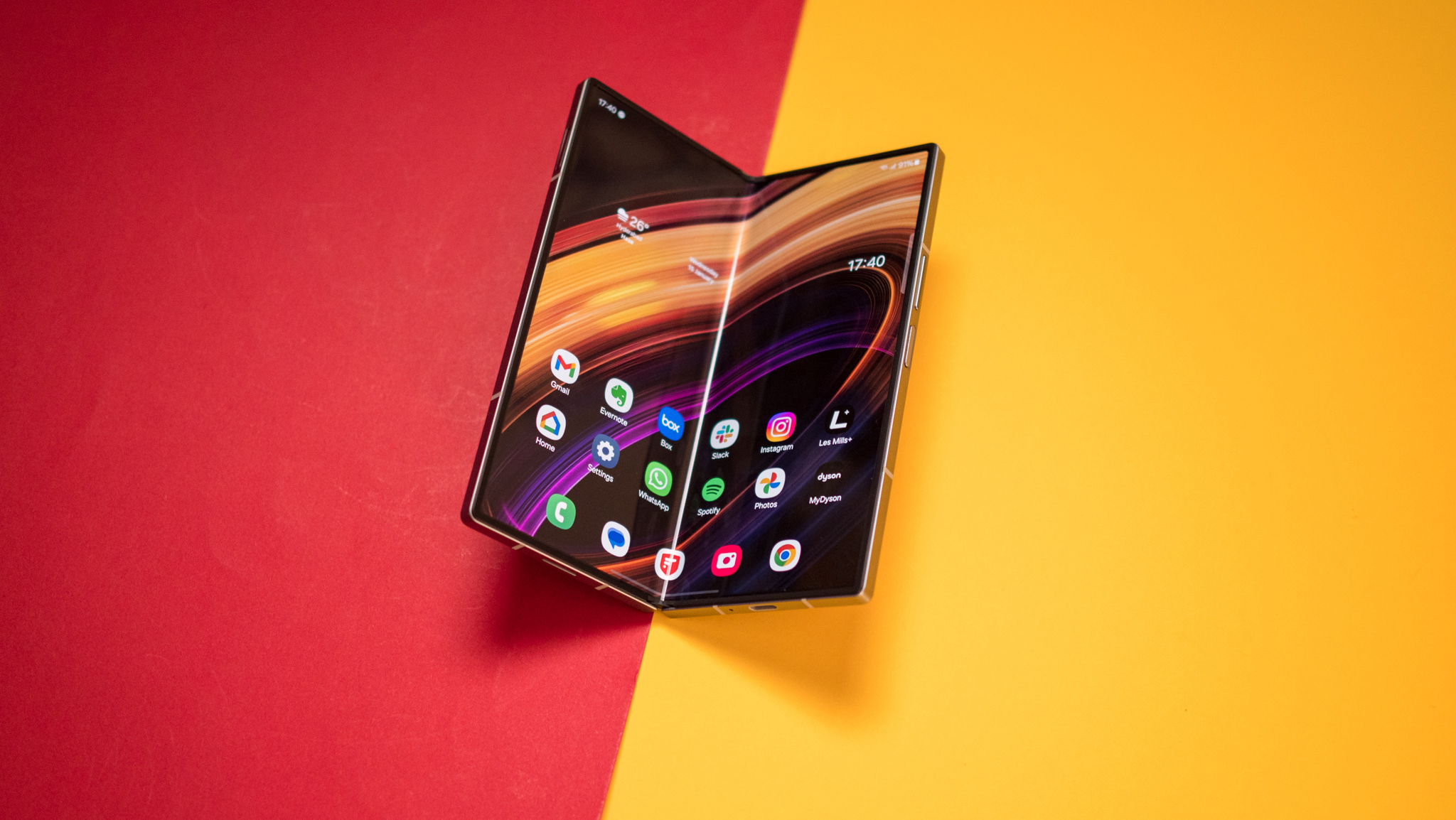
Will that really happen? I dunno. You don’t know either, and neither can Google or Samsung. But it could if the tech is built with this future in mind and the software makes a foldable something that “just works”. Part of that is making it pleasant to use, seeing screen elements shape-shift when you open a display, or being able to adjust multiple apps to size them appropriately on a single screen. You know, just like a laptop.
I’m not ready to call the death of the tablet and will never say the laptop can be replaced by a phone. But I don’t build consumer electronics or write software for them. I just use what works best for me. If one day, a foldable is what works best because Google finally took the category more seriously, I’d save a lot of cash and buy that one magic device.














Post Comment